Netflix - From mail to riches! Tracing its journey since ‘Lilyhammer’
It has been ten years since Netflix released its first Original series. ‘Lilyhammer’, the Norwegian–American crime dramedy series released in January 2012, was not a hit like a ‘Lupin’ or ‘Squid Games’. However, it was just the beginning for Netflix. So much so that in the very next year, in 2013, the word ‘binge-watch’ was jostling with ‘selfie’ for Oxford dictionary’s the word of the year. (It is another matter that ‘selfie’ won the race!) Unsurprisingly, a Netflix survey around that time had revealed more than 60% of its viewers binge-watched on a regular basis. The neologism did not end with ‘binge-watching’, as we saw the mainstreaming of terms like ‘Netflix and chill,’ a measure of how people in different parts of the world got accustomed to a brand-new mode of entertainment, which gave them the ease, the convenience, and the ability to choose what to watch and when to watch. The idea of the entire family religiously crowding around the TV to enjoy their favourite shows became passé.
The years after ‘Lilyhammer’ saw remarkable shifts in the way people consumed content; the streaming model (anytime, anywhere) itself was appealing to a populace fed on a staple diet of TV content that followed predetermined and predictable patterns. More importantly, Netflix forever disrupted the traditional business models of theatrical movie releases and broadcasting.
The birth of a disruptor
The rise of Netflix was meteoric. It lacked the storied pedigree or the deep pockets of a legacy media company. After all, it started out as nothing but a DVD-by-mail rental service company. But its foray came at an inflection point. According to analyst Paritosh Joshi, most people are either unaware, or forget, that for decades before Reed Hastings and his Co-CEO Ted Sarandos launched their global streamer on February 6 2012, they had run a successful videocassette rental business.
Their foresight, says Joshi, was in recognising two big waves when they were not much bigger than ripples. “First, content delivery on physical substrates was going to be decimated by content delivery over the internet. Second, Hollywood's success in globalising its stories was itself crying to be globalised, and a hundred tinseltowns around the world were straining at the leash to find audiences waiting to lap up their unique stories, continents and oceans away. The audience was ready to embrace diversity: the web had been serving it for two decades; Hastings and Sarandos lit the fuse and ‘Lilyhammer’ (a pun on the name of a Norwegian town, Lillehammer) became the first rocket to launch the era of content as a global conveyor belt,” he explains.
Indeed, nobody had reckoned that Netflix would go on transitioning itself into an entertainment behemoth. Not least John Antioco, the CEO of the now-defunct home movie rental chain, Blockbuster. In the year 2000, Netflix co-founders Marc Randolph and Reed Hastings met Antioco in Dallas and offered to sell the fledgling Netflix for $50 million. (Netflix badly needed a buyer as its founders saw a bleak future in the depressing post-dotcom-bust scenario.) But, Antioco rejected the offer with a laugh. Ironically, while Netflix flourished, Blockbuster died a quiet death; in 2010, the company filed for bankruptcy and closed its last store four years later. History would have been different had Antioco not rejected the Netflix offer, termed as one of the worst business decisions ever made.
Avant-garde content: One episode at a time
The rest, as they say, is history. The DVD-mail-order-company-turned-streamer stole a march over traditional players with its extensive library that quickly resonated with an audience long used to watching trite TV shows and run-of-the-mill movies. Its originals – more than 1,500 of them thus far – are noted as much for their avant-garde nature as they are for the top-notch production quality. Bold and unorthodox content such as LGBTQ-themed stories, hitherto considered unpalatable to the mainstream audience, found centre stage in its content slate. Fresh talent got its deserving place. Diversity and plurality became the hallmarks.
Netflix has brought the LGBTQ perspective to the mainstream, agrees Kalpana Rai Menon, HOD - mass media department at SM Shetty College.
“Once used only as a comic element, it is now the thing to show, sometimes forced progressiveness. Being straight seems boring now,” she quips.
Netflix has a very strong expertise in two things, says Karan Taurani, Senior Vice President - Research Analyst, Elara Capital. “One is distribution, second is in terms of user experience and tech. I think content as a strategy has augured well for them. They have gone for the right strategy despite Disney pulling out of Netflix content about three and half years back. That’s something they really worked hard upon. That’s how they changed the dynamics.”
Karan thinks that Netflix will continue to hold its sway because they have got a plethora of content and the advantage of dubbing when they go to multiple geographies and multiple regional languages. “They will also start new content for the regional countries which they go to and the dubbing of the existing shows which they have. It’s all about building franchise,” he adds.
What lies ahead?
So, what lies ahead for the streaming giant? Will it be able to maintain its supremacy in streaming content in the days to come? Last month, for the first time, the streamer registered weaker-than-expected results with its share price falling 20%, the worst performance since 2010, when Netflix mailed DVDs to its customers. The streaming giant blamed it on pandemic disruptions and “macro-economic hardships” in some countries, such as Latin America. The streamer predicted that it would add 2.5 million new members in the first quarter of this year. Investment bank Morgan Stanley predicts that Netflix will add 260 million subscribers all over the world by 2024, much lower than its earlier estimate of 300 million.
Can the streamer keep it up for another 10 years? Will it continue to hold its sway in the years to come with the likes of Disney+ Hotstar inching towards knocking it off from its pedestal?
According to Kalpana Rai Menon, it will be a challenge for Netflix to maintain its lead.
“The competition has caught up with audience-centric regional content. Netflix has a large chunk of content from the west. The rate at which things are changing, especially with respect to the internet and media, the platform may change completely. With Metaverse coming in, the audience may create their own entertainment a few years from now. It will be a challenge for Netflix to maintain its lead,” she says.
Pioneers don’t have an automatic right to immortality, opines Paritosh Joshi. Napster, he adds, can be reasonably credited with revolutionising digital music delivery. “It was iTunes, and later Spotify, Amazon Music, and others, who now dominate that arena. Netflix is up against much larger balance sheets and many deeper pockets. Could it be an acquisition target? Hastings almost certainly receives numerous proposals every year. Could a challenging year bring the Los Gatos streamer to the auctioneer's block? Sure. However it goes, Hastings will always be recognised as the intrepid explorer who unlocked the audiovisual entertainment world-as-one-market model. And a billion binge-watching insomniacs around the world will, quite reasonably, attribute their sleeplessness to the man who once declared that his only competitor was sleep, ‘And we're winning," says Joshi.
Vinta Nanda, filmmaker, writer, graphics artist and editor of The Daily Eye, feels that Netflix will not crumble to Disney+ Hotstar.
“I don’t think Netflix will crumble to Disney+ Hotstar; on the contrary, they will ally or learn from each other and stay competing. OTTs are no holier than thou; they face the same challenges TV does and so on. With audience growth, they will go more local and then to make profit – because they are greedy – they will start making throwaway content like television started doing in the early part of this millennium. As a matter of fact, Netflix will not be able to sustain the quality of storytelling that it is maintaining,” says Nanda.
According to her, grabbing eyeballs will become necessary for its survival and thus it will start pandering to the call of the lowest common denominator. “Eventually the viewer suffers, never the platform. The viewer gets what it demands, never suspecting that it deserves better. In a nutshell, that is the entertainment game. Independent cinema will keep the balance by continuing to tell honest stories and never compromising,” she adds.
Nanda further says that there’s nothing unique about OTT for people that are in their 40’s and 50’s because they have lived through two/three content revolutions already: radio to TV, terrestrial to satellite, cable to digital and digital television to OTT.
“Mind you, there are still many parts of the world, and in India too, that are yet to transition from radio to TV but have leapfrogged to digital/mobile/OTT. This is cyclical. Audience shares are directly proportional to the quality of content. We live in a greatly divided world, it is unequal and non-inclusive. There are populations in India yet to know a movie theatre but they’re holding movies in the palm of their hands, yet to get access to education but they’re influenced by a blitzkrieg of storytelling that is diverse and confusing. So as audiences to OTT start to increase, you will see gatekeeping of storytelling begin. Sentiments of one or another community cannot be hurt or dumbing down too will happen. In such a scenario television networks evolving to OTT have greater experience than OTT-first networks,” she adds.
The streamer ended 2021 with 222 million subscribers all over the world. For years, Canada and the US combined accounted for the biggest in terms of individual subscribers. Analysts point out that the region comprising Europe, Middle East and Africa will be decisive for Netflix this year. In emerging markets like India, Netflix has ambitious plans, the reason why it recently reduced its subscription plans.


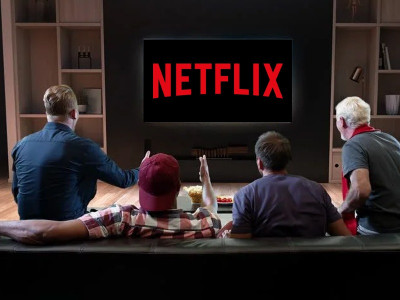


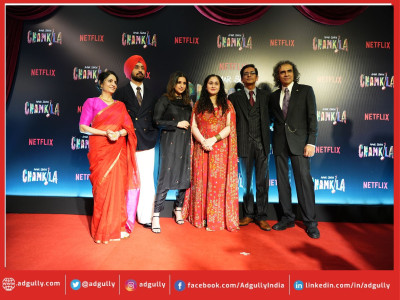
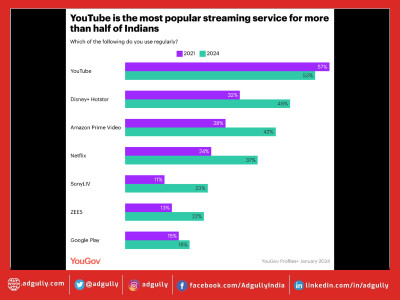


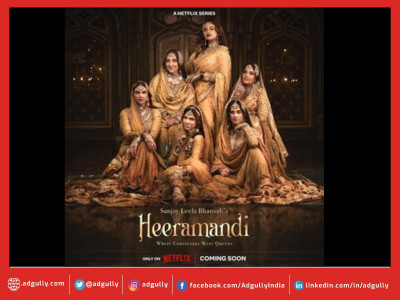
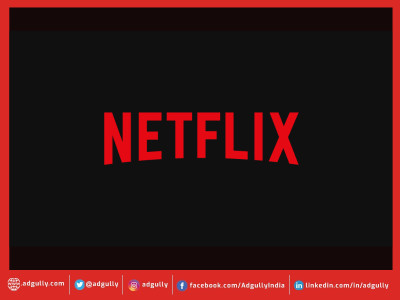


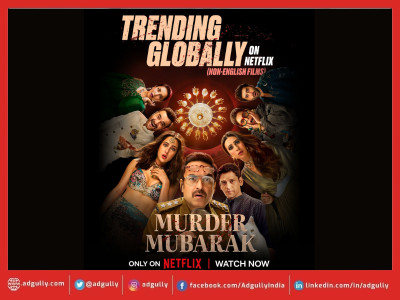
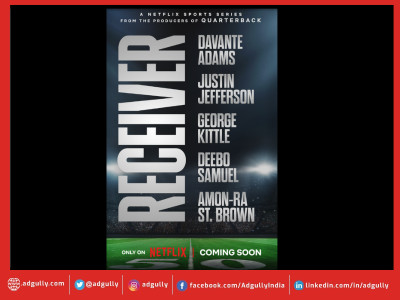

Share
Facebook
YouTube
Tweet
Twitter
LinkedIn